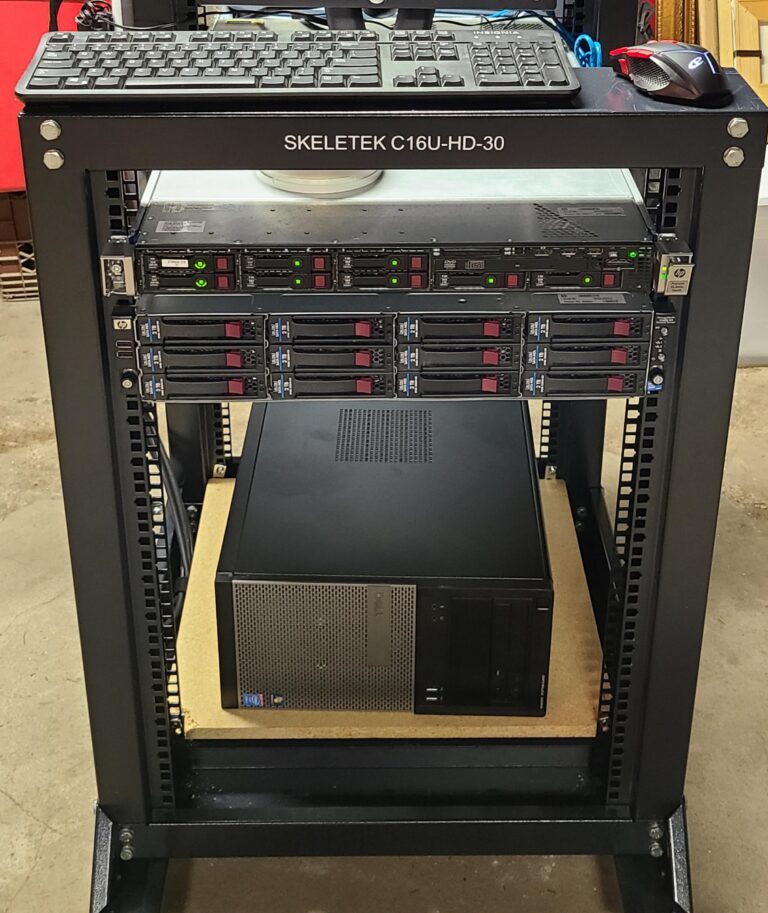The Rise of Ubuntu Linux: From Ambitious Dream to Global Phenomenon
Introduction: The Linux That Changed Everything
Imagine a world where using Linux meant grappling with cryptic commands, struggling with hardware drivers, and having little to no support. For the average user, this was the reality of desktop Linux before 2004. Then came Ubuntu. Promising a free, easy-to-use, and complete operating system for human beings, Ubuntu didn’t just enter the market—it disrupted it. This is the story of how a visionary entrepreneur and a global community of developers created a Linux distribution that demystified open source and brought it to the masses.
The Genesis: A Noble Cause and a Bold Vision
The history of Ubuntu is inextricably linked to one man: Mark Shuttleworth. A South African entrepreneur who founded Thawte Consulting and sold it to VeriSign, Shuttleworth became the first African in space in 2002. Upon his return, he used his wealth and experience to found Canonical, a company with a ambitious mission: to create an easy-to-use, free, and sustainable desktop operating system.
The name “Ubuntu” is an ancient African philosophy from the Nguni languages, meaning “humanity to others” or “I am what I am because of who we all are.” This name perfectly captured the project’s ethos: software built on collaboration and shared humanity.
Ubuntu was not built from scratch. It was strategically forked from the well-respected but less user-friendly Debian project. The goal was to take Debian’s rock-solid stability and vast software repository and package it into a polished, reliable, and regularly released operating system that anyone could install and use.
The Early Releases: Warty Warthog and the Six-Month Cycle
On October 20, 2004, the world saw the release of Ubuntu 4.10, codenamed “Warty Warthog.” It was a revelation. Out of the box, it offered:
- A clean and intuitive desktop experience using GNOME.
- A single, live CD that could be used to test-drive the OS and then install it.
- A comprehensive suite of pre-installed applications for everyday tasks.
- A revolutionary approach to user-friendliness that was unheard of in the Linux world at the time.
Crucially, Shuttleworth and Canonical committed to a predictable release cycle: a new version every six months, with every fourth release being a Long-Term Support (LTS) version. This LTS release, supported with security updates for five years, provided the stability demanded by businesses and institutions, setting Ubuntu apart from its more volatile competitors.
The Philosophy: “Linux for Human Beings”
Ubuntu’s success wasn’t just technical; it was philosophical. It was built on a public set of commitments that resonated deeply with users:
- Ubuntu Will Always Be Free of Charge: This guaranteed that everyone, everywhere, had access to a world-class operating system.
- Ubuntu Comes with Full Commercial Support: Canonical offered paid professional support, making it a viable option for enterprises.
- Ubuntu Includes the Best Translations and Accessibility Features: From day one, it had a strong international focus.
- Ubuntu CDs Would Be Shipped for Free: The “ShipIt” program physically mailed free installation CDs to anyone who requested them, breaking down the barrier of slow internet downloads.
This powerful combination of a free product, commercial backing, and a clear, human-centric vision created unprecedented momentum.
Rapid Evolution and Defining Features
Ubuntu’s six-month release cycle fueled a period of rapid innovation that solidified its position as the leading desktop Linux distro.
- Simplified Installation: The installer was famously straightforward, often easier than installing Windows.
- Hardware Detection: Ubuntu made great strides in “just working” with a wide array of printers, graphics cards, and Wi-Fi adapters.
- The Rise of Synaptic and APT: It brought Debian’s powerful Advanced Package Tool (APT) and the Synaptic Package Manager to a wider audience, making software installation and management a breeze.
- The Introduction of Unity and Controversy: In 2010, Canonical introduced its own desktop shell, Unity, for the netbook release. It later became the default for the desktop, aiming for a more convergent experience across PCs, phones, and TVs. While innovative, Unity was polarizing and created a rift with the traditional GNOME community.
Expanding Horizons: Beyond the Desktop
While Ubuntu’s fame began on the desktop, its true impact expanded into other critical areas of computing:
- Server Edition: With a robust server installer and long-term support guarantees, Ubuntu Server quickly became a favorite for its stability and ease of use, powering countless web servers and backend services.
- Cloud Domination: Ubuntu saw the potential of cloud computing early. It became the reference OS for the OpenStack project and the most popular guest OS on major cloud platforms like Amazon Web Services (AWS), Microsoft Azure, and Google Cloud Platform.
- The Mobile Dream (and Its End): Canonical ambitiously launched a crowdfunding campaign for Ubuntu Touch, a version for smartphones and tablets. While it demonstrated a visionary “convergent” OS, it failed to gain significant market traction against Android and iOS, and the project was eventually handed over to the community.
The Modern Era: A Return to GNOME and New Frontiers
In a major strategic shift in 2017, Canonical announced it would end development of Unity and the convergence project. Starting with Ubuntu 18.04 LTS, it returned to using the GNOME desktop as its default. This move was widely praised, as it allowed Canonical to focus its resources on its most successful ventures: the desktop, server, and cloud platforms.
Today, Ubuntu continues to evolve. It’s a leader in containerization technologies (Docker, Kubernetes), Internet of Things (IoT) with Ubuntu Core, and enterprise-grade security.






